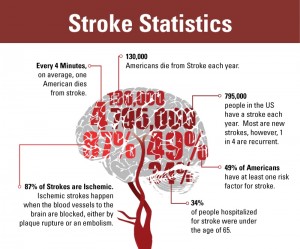4
Did you know that one of the nation’s largest lipid testing databases exists in Birmingham, Alabama? It’s been used in hundreds of clinical studies and through an academic-industry partnership, researchers hope to improve patient outcomes in the fight against cardiovascular disease.
The news was announced today by Atherotech, detailing its strategic research collaboration with the Johns Hopkins Ciccarone Center for the Prevention of Heart Disease. The partnership pairs Atherotech’s Very Large Database of Lipids (VLDL) with Johns Hopkins’ world-class cardiac research capabilities and aims to generate new knowledge through research, and translate that knowledge into clinical practice in the fight against cardiovascular disease.
Steven Jones, M.D. of Johns Hopkins says the collaboration is a perfect fit (click to watch the video on YouTube or view it below).


 Fifty-eight year old “Zachary” was referred to our office in early 2012 to establish care and undergo a physical. He reported having occasional heartburn for years and recently had a basic lipid panel (BLP) through his work.
Fifty-eight year old “Zachary” was referred to our office in early 2012 to establish care and undergo a physical. He reported having occasional heartburn for years and recently had a basic lipid panel (BLP) through his work.


